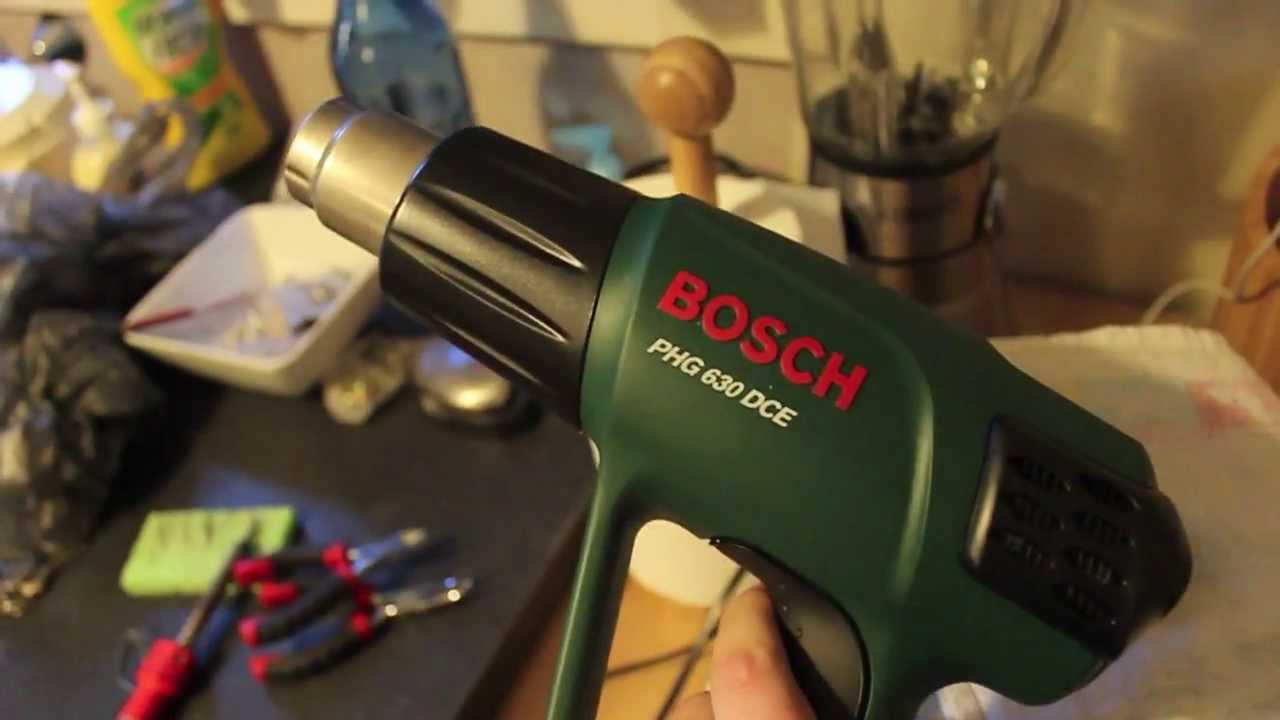
Whether the job is to strip some paint off a surface or soften some adhesive to get inside tightly packed electronics, you need to use the best heat gun to get the job easily done. While there are a lot of heat guns to choose from, each one has its own advantages and disadvantages, depending on how it actually works. In this article, we will see in detail the heat gun work principle.
The heat gun, although it looks exactly like a hair dryer, is nothing similar in how exactly it is designed and what tasks it is designed for. Heat can never be used to dry hair, and while hair dryers can be used for heating some objects in place of the heat guns, they are not designed for that and hence do not give the optimal results.
To understand how does a heat gun work?! First, you need to learn about their purpose. Heat guns are useful when we need to heat up some surfaces or materials without the use of a flame or fluid. It either blows air heated by its air chamber, and electrical coil to its subject’s surface or heats up the surface by using some technology like directed infrared light emission.
While the basic heat gun that you can find in tools and hardware store is just like a hair dryer- a fan that draws cool air into the channel or body of the gun, a heating element that heats up the air quickly, and a nozzle for directing the hot air at its subject. Heat guns can be held using one hand for one hand operation, with some temperature controls that can allow setting the temperature of the air that comes out of it. Some heat guns support to be placed on a table for hands-free operation.
Infrared heat gun applies heat using infrared light emission instead of hot air to get the heating job done. It can reach 400 to 600 degrees Celsius as compared to 100 to 300/400 degrees Celsius range of normal heat guns. This type of gun can be a good choice if you are worried about the number of harmful fumes that can be created by air heat guns.
Industrial heat guns have some sort of ceramic heating elements and a die-cast housing to cope up with the high temperatures it can produce. The heat gun work principle of Industrial heat guns makes them expensive, and are used in demanding tasks like automobile engineering, construction work, and retail packaging. Staying true to their costs, these types of guns can generate temperatures exceeding 1000 degrees Celsius.
The heat guns come with options for different types of nozzles. Reducer nozzles are useful when you want the heat output to be concentrated at some point. Reflector nozzle can wrap itself around a pipe or plastic or copper to spread the heat. Flat nozzles are used when the requirement is to spread the heat over wide but narrower area. Glass protector nozzle can keep the heat off the glass while removing paint and finds its most use cases there.
